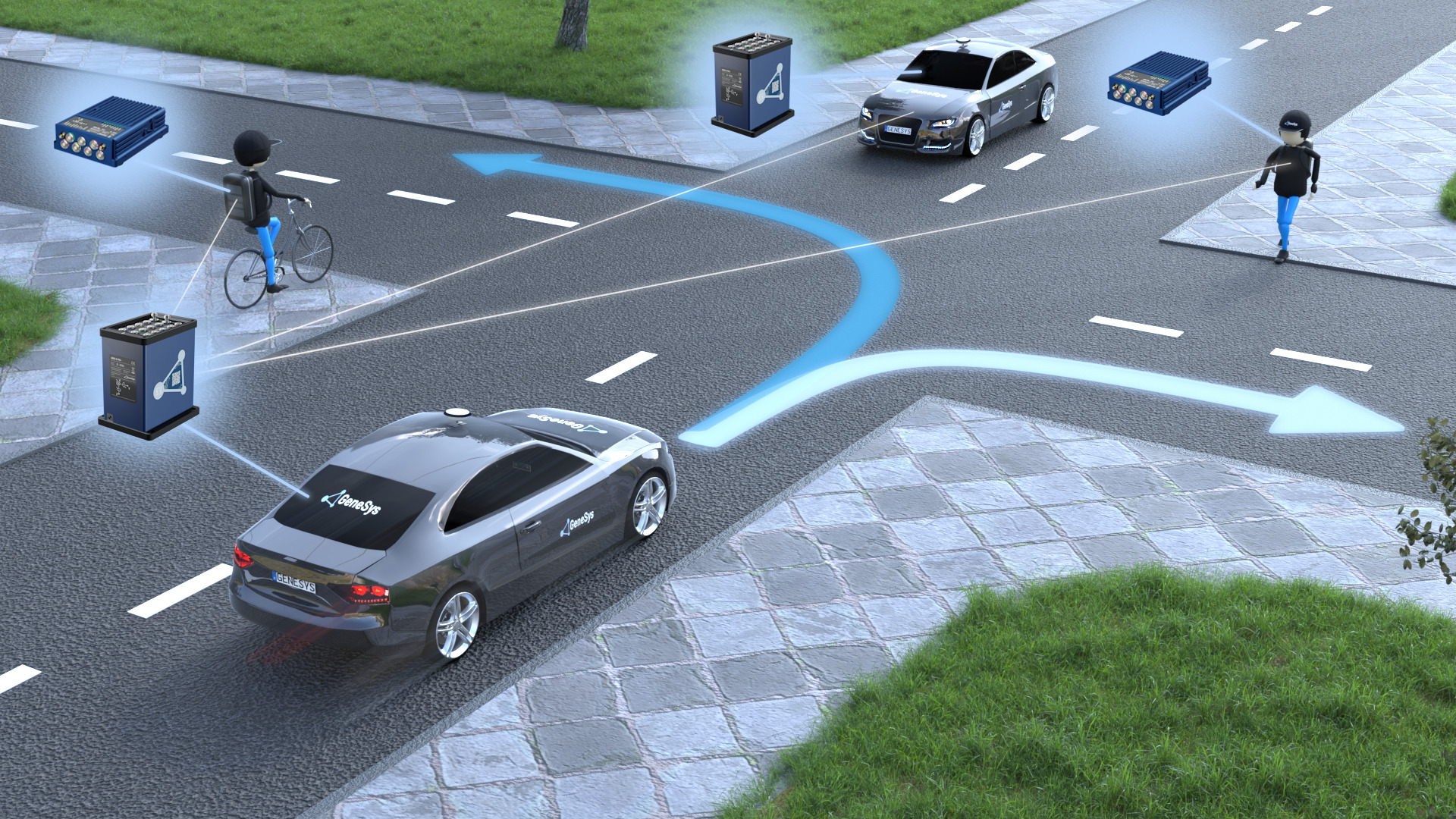GB T15100 Vehicle Roof Structure Automated Driving Safety Testing
The GB/T 15100 series of standards focuses on the safety requirements for motor vehicle structures, which includes the roof structure. This testing is critical as it ensures that vehicles meet stringent safety regulations designed to protect occupants in various crash scenarios.
Automated Driving (AD) technology introduces new challenges and considerations when assessing vehicle safety. GB T15100 tests are pivotal for verifying not only the structural integrity of the roof but also its performance under conditions specific to autonomous driving environments. This includes ensuring that the roof structure can withstand potential impacts from external objects or other vehicles without compromising passenger safety.
The testing protocol involves subjecting a vehicle’s roof to controlled impact scenarios using specialized equipment designed to simulate real-world accidents. These tests are conducted according to GB/T 15100 standards, which specify the test methods and criteria for determining compliance with safety requirements. Compliance ensures that vehicles adhere to national safety regulations.
The testing process typically involves several steps:
- Initial inspection of the vehicle’s roof structure
- Preparation of the specimen (vehicle) for testing
- Application of force from multiple directions and at various angles to simulate potential real-world impacts
- Measurement and analysis of deformation, displacement, and other critical parameters
The results are then compared against the specified criteria in GB T15100. Compliance with these standards ensures that vehicles meet the required safety levels for roof structures in autonomous driving scenarios.
For quality managers and compliance officers, understanding these testing protocols is essential as it helps ensure that products comply with relevant regulations and industry best practices. This information is also valuable for R&D engineers who are developing new technologies or improving existing systems within the vehicle’s structure to enhance safety features.
Quality and Reliability Assurance
The quality of automotive products, especially those related to autonomous driving technology, is paramount. Ensuring that vehicles meet rigorous standards like GB T15100 is crucial for maintaining the highest level of reliability and safety.
Achieving compliance with GB T15100 involves a comprehensive approach that includes:
- Conducting thorough inspections to identify any potential weaknesses or defects in the roof structure
- Implementing robust manufacturing processes to ensure consistent quality across all vehicles produced
- Utilizing advanced testing technologies and methodologies to accurately assess the performance of the vehicle’s roof under various stress conditions
Quality assurance also extends beyond the laboratory setting. It involves continuous monitoring and improvement based on feedback from real-world applications, ensuring that vehicles continue to meet or exceed safety expectations over time.
Reliability is another key factor in automotive testing, particularly when it comes to autonomous driving systems. Ensuring that components like the roof structure perform consistently under all conditions helps build trust with consumers and stakeholders alike.
International Acceptance and Recognition
- GB T15100 is widely recognized within China for its stringent requirements regarding vehicle roof structure safety, ensuring that vehicles meet local standards.
- The protocol has been adopted by several international organizations and institutions involved in automotive safety research and development.
- Its acceptance extends to various regions where Chinese manufacturers operate or have partnerships, enhancing the global reputation of these companies.
This widespread recognition underscores the importance of adhering to such standards when designing and manufacturing vehicles. It also facilitates smoother trade and collaboration between different countries and industries.
Environmental and Sustainability Contributions
Incorporating GB T15100 into the design process helps promote sustainable practices in automotive engineering by emphasizing durability and resilience against potential accidents. By ensuring that vehicles can withstand severe impacts while maintaining structural integrity, manufacturers contribute to reducing waste associated with frequent repairs or replacements following minor incidents.
Additionally, by prioritizing safety features such as reinforced roof structures, automakers play a role in promoting safer transportation systems overall. This contributes positively towards improving road safety metrics and reducing accidents involving autonomous vehicles.





